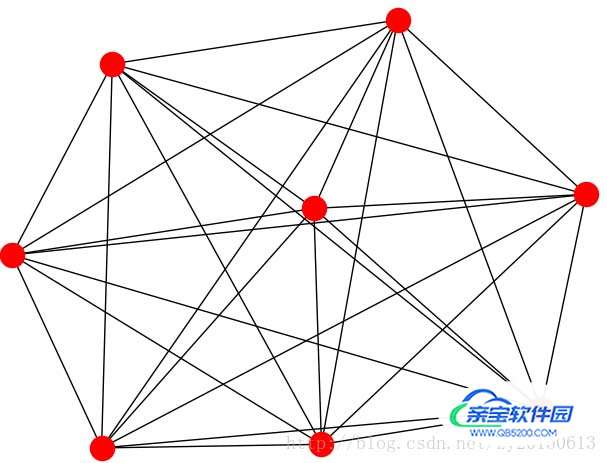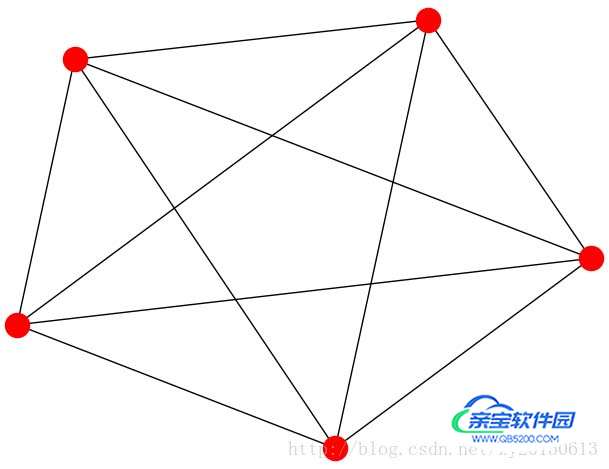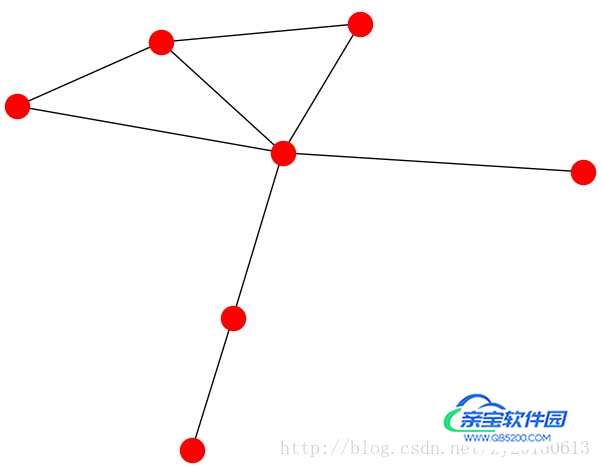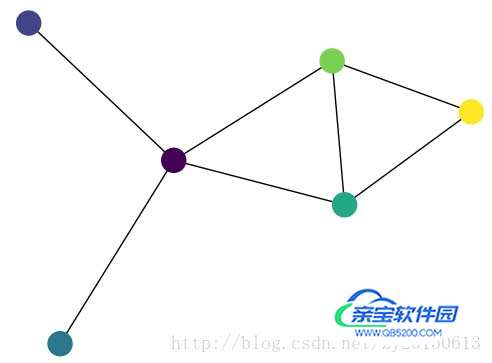
# 邻接矩阵实现无向图 Dijkstra算法
inf = float("inf")
class Graph():
def __init__(self, n):
self.vertexn = n
self.gType = 0
self.vertexes = [inf]*n
self.arcs = [self.vertexes*n] # 邻接矩阵
self.visited = [False]*n # 用于深度遍历记录结点的访问情况
def addvertex(self, v, i):
self.vertexes[i] = v
def addarcs(self, row, column, weight):
self.arcs[row][column] = weight
# 深度优先遍历
def DFS(self, i):
j = 0
print("vertex:{}".format(self.vertexes[i]), end=" ") # 先打印访问到的节点
self.visited[i] = True
while j < self.vertexn:
if (self.arcs[i][j] != inf) and (not self.visited[j]):
print(self.arcs[i][j], end=" ")
self.DFS(j)
j += 1
# 广度优先遍历
def BFS(self, k):
self.visited = [False]*self.vertexn # 访问性重置
q = []
print("vertex:{}".format(self.vertexes[k]), end=" ")
self.visited[k] = True
q.append(k)
while q != []:
i = q.pop(0)
for j in range(self.vertexn):
if(self.arcs[i][j] != inf) and (not self.visited[j]):
print(self.arcs[i][j], end=" ") # 父节点与子节点的距离
print("vertex:{}".format(self.vertexes[j]), end=" ")
self.visited[j] = True
q.append(j)
# 最短路径算法-Dijkstra 输入点v0,找到所有点到v0的最短距离
def Dijkstra(self, v0):
# 初始化操作
D = [inf]*self.vertexn # 用于存放从顶点v0到v的最短路径长度
path = [None]*self.vertexn # 用于存放从顶点v0到v的路径
final = [None]*self.vertexn # 表示从v0到v的最短路径是否找到最短路径
for i in range(self.vertexn):
final[i] = False
D[i] = self.arcs[v0][i]
path[i] = "" # 路径先置空
if D[i] < inf:
path[i] = self.vertexes[i] # 如果v0直接连到第i点,则路径直接改为i
D[v0] = 0
final[v0] = True
###
for i in range(1, self.vertexn):
min = inf # 找到离v0最近的顶点
for k in range(self.vertexn):
if(not final[k]) and (D[k] < min):
v = k
min = D[k]
final[v] = True # 最近的点找到,加入到已得最短路径集合S中 此后的min将在处S以外的vertex中产生
for k in range(self.vertexn):
if(not final[k]) and (min+self.arcs[v][k] < D[k]):
# 如果最短的距离(v0-v)加上v到k的距离小于现存v0到k的距离
D[k] = min+self.arcs[v][k]
path[k] = path[v]+","+self.vertexes[k]
return D, path
if __name__ == "__main__":
g = Graph(5)
g.vertexes = ["A", "B", "C", "D", "E"]
g.arcs = [[inf, 60, 80, 30, inf], [60, inf, 40, 75, inf], [
80, 40, inf, inf, 35], [30, 75, inf, inf, 45], [inf, inf, 35, 45, inf]]
print("深度优先遍历:")
g.DFS(0)
print("\n广度优先遍历:")
g.BFS(0)
print()
print("Dijkstra搜索点到图中各点的最短路径:")
D, path = g.Dijkstra(0)
print(D)
print(path)
利用networkx,numpy,matplotlib,将邻接矩阵输出为图形。
1,自身确定一个邻接矩阵,然后通过循环的方式添加变,然后输出图像
import networkx as nx
import matplotlib.pyplot as plt
import numpy as np
G = nx.Graph()
Matrix = np.array(
[
[0, 1, 1, 1, 1, 1, 0, 0], # a
[0, 0, 1, 0, 1, 0, 0, 0], # b
[0, 0, 0, 1, 0, 0, 0, 0], # c
[0, 0, 0, 0, 1, 0, 0, 0], # d
[0, 0, 0, 0, 0, 1, 0, 0], # e
[0, 0, 1, 0, 0, 0, 1, 1], # f
[0, 0, 0, 0, 0, 1, 0, 1], # g
[0, 0, 0, 0, 0, 1, 1, 0] # h
]
)
for i in range(len(Matrix)):
for j in range(len(Matrix)):
G.add_edge(i, j)
nx.draw(G)
plt.show()

2,有向图
G = nx.DiGraph()
G.add_node(1)
G.add_node(2)
G.add_nodes_from([3, 4, 5, 6])
G.add_cycle([1, 2, 3, 4])
G.add_edge(1, 3)
G.add_edges_from([(3, 5), (3, 6), (6, 7)])
nx.draw(G)
# plt.savefig("youxiangtu.png")
plt.show()
3,5节点完全图
G = nx.complete_graph(5)
nx.draw(G)
plt.savefig("8nodes.png")
plt.show()
4,无向图
G = nx.Graph()
G.add_node(1)
G.add_node(2)
G.add_nodes_from([3, 4, 5, 6])
G.add_cycle([1, 2, 3, 4])
G.add_edge(1, 3)
G.add_edges_from([(3, 5), (3, 6), (6, 7)])
nx.draw(G)
# plt.savefig("wuxiangtu.png")
plt.show()
5,颜色节点图
G = nx.Graph()
G.add_edges_from([(1, 2), (1, 3), (1, 4), (1, 5), (4, 5), (4, 6), (5, 6)])
pos = nx.spring_layout(G)
colors = [1, 2, 3, 4, 5, 6]
nx.draw_networkx_nodes(G, pos, node_color=colors)
nx.draw_networkx_edges(G, pos)
plt.axis('off')
# plt.savefig("color_nodes.png")
plt.show()
将图转化为邻接矩阵,再将邻接矩阵转化为图,还有图的集合表示,邻接矩阵表示,图形表示,这三种表现形式互相转化的问题是一个值得学习的地方。
以上为个人经验,希望能给大家一个参考,也希望大家多多支持。